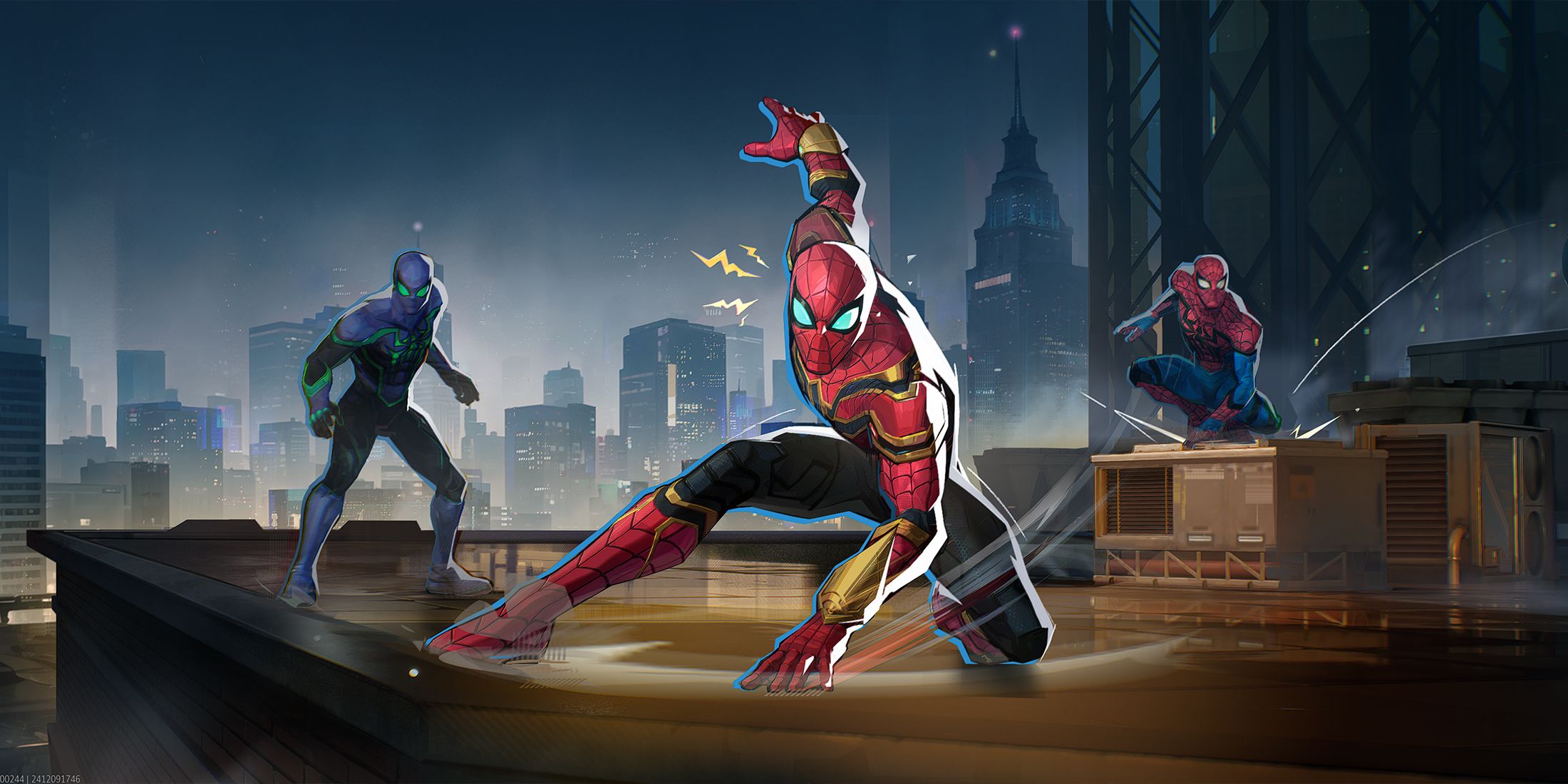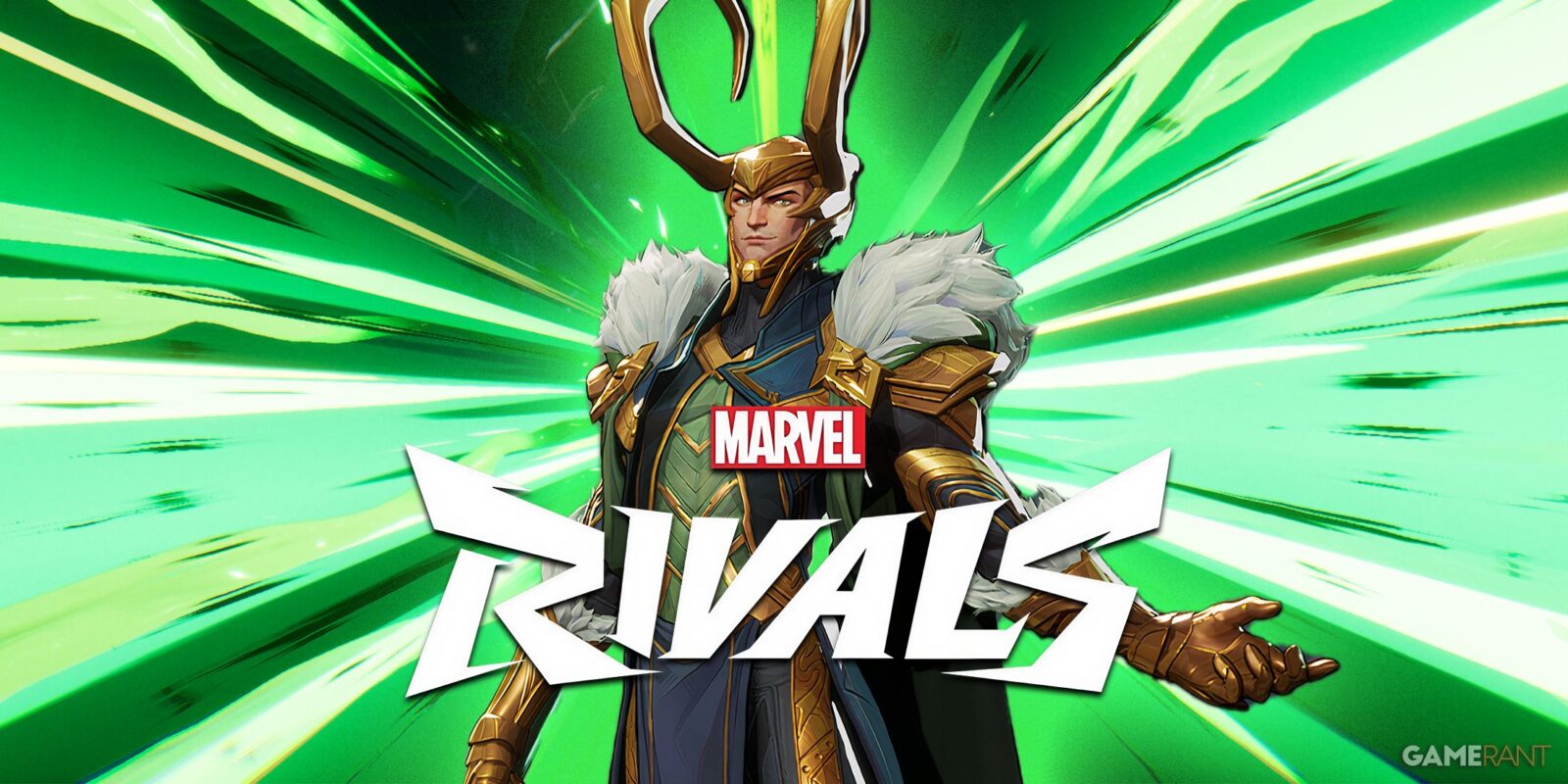Summary
- Marvel Rivals features a narrative-driven experience centered around multiple timelines merging into Chronoverses due to a Timestream Entanglement event.
- The game sets itself apart by including playable villains, offering players the opportunity to explore the villainous side of the Marvel universe.
- Marvel Rivals allows players to step into the shoes of anti-heroes and villains, bringing a complexity and unpredictability often unseen in traditional superhero games.
NetEase Games’ Marvel Rivals is more than just another hero shooter — it’s a narrative-driven experience that gives a host of Marvel characters, including villains, some time in the spotlight as each of them either cooperate or clash to see the multiverse saved or their own plans succeed. Marvel Rivals‘ narrative centers around the Timestream Entanglement, a catastrophic event triggered by a clash between Doctor Doom and his 2099 counterpart. This event has caused multiple timelines to merge into Chronoverses, which is ultimately why the game features such a diverse roster of characters. This is also what allows Marvel Rivals to truly distinguish itself as a Marvel game, as players can step into the shoes of the Marvel universe’s most villainous and experience what it’s like to be them on the battlefield firsthand.
While Marvel Rivals‘ roster primarily consists of the Marvel heroes and heroines fans have grown to love, there are a handful of anti-heroes and villains included who are beloved as well, though not necessarily for the good they’ve done. Nevertheless, Marvel Rivals‘ willingness to include playable villains ultimately gives the game a unique dynamic, where players can explore the villainous side of the Marvel universe in a way that isn’t often seen in traditional superhero games.

Related
Why Spider-Man Could Be the Key to Stabilizing Marvel Rivals’ Fractured Realities
Given his inherent connection to the multiverse and his sense of responsibility, Spider-Man may be the key to Marvel Rivals’ Timestream Entanglement.
Marvel Rivals’ Inclusion of Anti-Heroes and Villains Sets It Apart
Superhero Games Tend to Focus Solely on the Heroes
As expected, traditional superhero games have both thrived and merely survived by putting players in the role of iconic heroes, thereby allowing them to live out the fantasy of saving the world. To be fair, there’s certainly an undeniable appeal to filling the shoes of heroic characters like Spider-Man, Iron Man, and the Avengers, as these characters have long been the driving force behind offering fans hope as they face impossible odds in the worlds of their own. Overcoming adversity is often the theme in these games, which almost anyone can relate to on account of life’s curveballs and roadblocks, so they succeed in their ability to connect with players on a deeply emotional level that not just any game can.
However, despite the merits to this approach to superhero games, just as the MCU has proven within the last few years, it risks growing stale, especially as so many superheroes seem to have a similar character arc. Any complexity their arcs might have had on an individual basis is ultimately overshadowed by everyone else’s, as it tends to feel like the same story that’s been told hundreds of times already. This is where Marvel’s anti-heroes and villains come into play, whose nuanced character arcs have a tendency to contrast the one-dimensional nature of born superheroes, and Marvel Rivals gives players a chance to see a side of the villainous that not many games allow.
Marvel Rivals Gives Players a Chance to Walk a Mile in a Villain’s Shoes
Marvel Rivals is a special hero shooter simply due to its heavy reliance on lore and narrative, but its narrative is the very reason it is so special in another way — that it allows players to walk a mile in the shoes of a villain. Despite the story not being positioned at the forefront of each match in Marvel Rivals, the underlying currents created by the playable anti-heroes and villains in the game nonetheless create dynamic waves throughout the game’s story, which will affect the live-service game‘s future in both a narrative and a gameplay way, whether players like it or not.
As these characters are used on the battlefield in Marvel Rivals, players get the chance to experience a power that isn’t conventional to the hero genre of video games. Marvel Rivals‘ villains bring a level of chaos to the table that its heroes simply can’t match, and this is largely due to the goals, intentions, and stubborn will for self-preservation told through their character arcs. Most of their abilities reflect their ruthless and violent nature, altering the playstyle from something heroic to something more devious, begging the players controlling them to acknowledge the stories that made them this way.
Despite the story not being positioned at the forefront of each match in
Marvel Rivals
, the underlying currents created by the playable anti-heroes and villains in the game nonetheless create dynamic waves throughout the game’s story, which will affect the live-service game’s future in both a narrative and a gameplay way, whether players like it or not.
By allowing players to step into the roles of villains like Hela, Loki, and Magneto (and even anti-heroes like the Punisher and Scarlet Witch), Marvel Rivals taps into a depth of storytelling that most superhero games simply can’t, on account of their characters being somewhat one-dimensional and their narratives relying primarily on a “save the world” premise. With their unrivaled and unorthodox power and abilities, these characters bring a complexity and unpredictability to the table that traditional superhero games are unable to, lest they sacrifice their face. This is where Marvel Rivals stands out, as it asks players to question the boundaries between good and evil for a fresh experience in the genre of hero-based games.













Leave a Reply